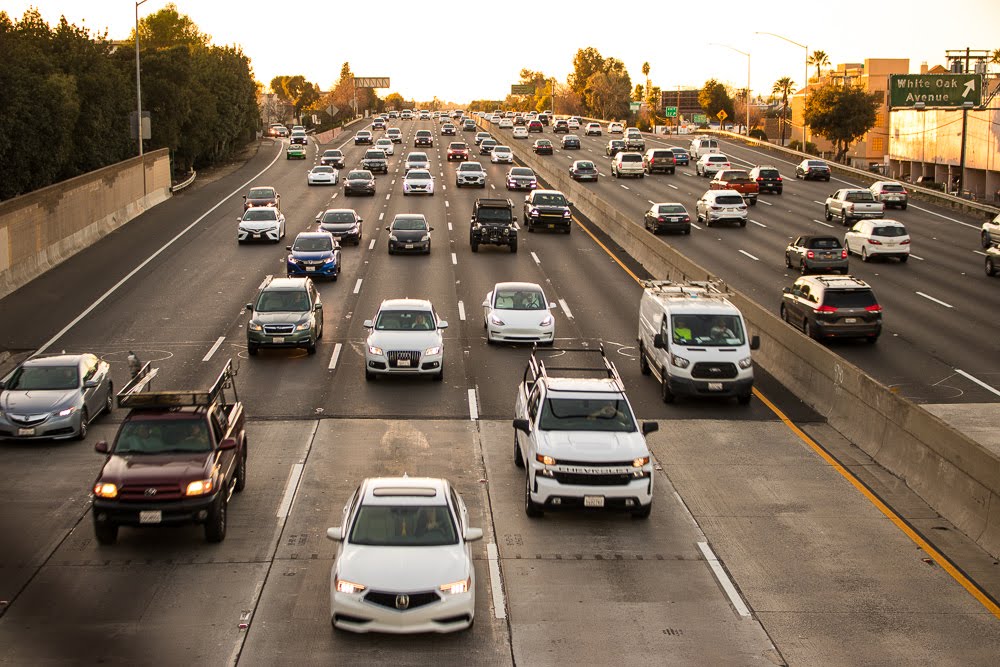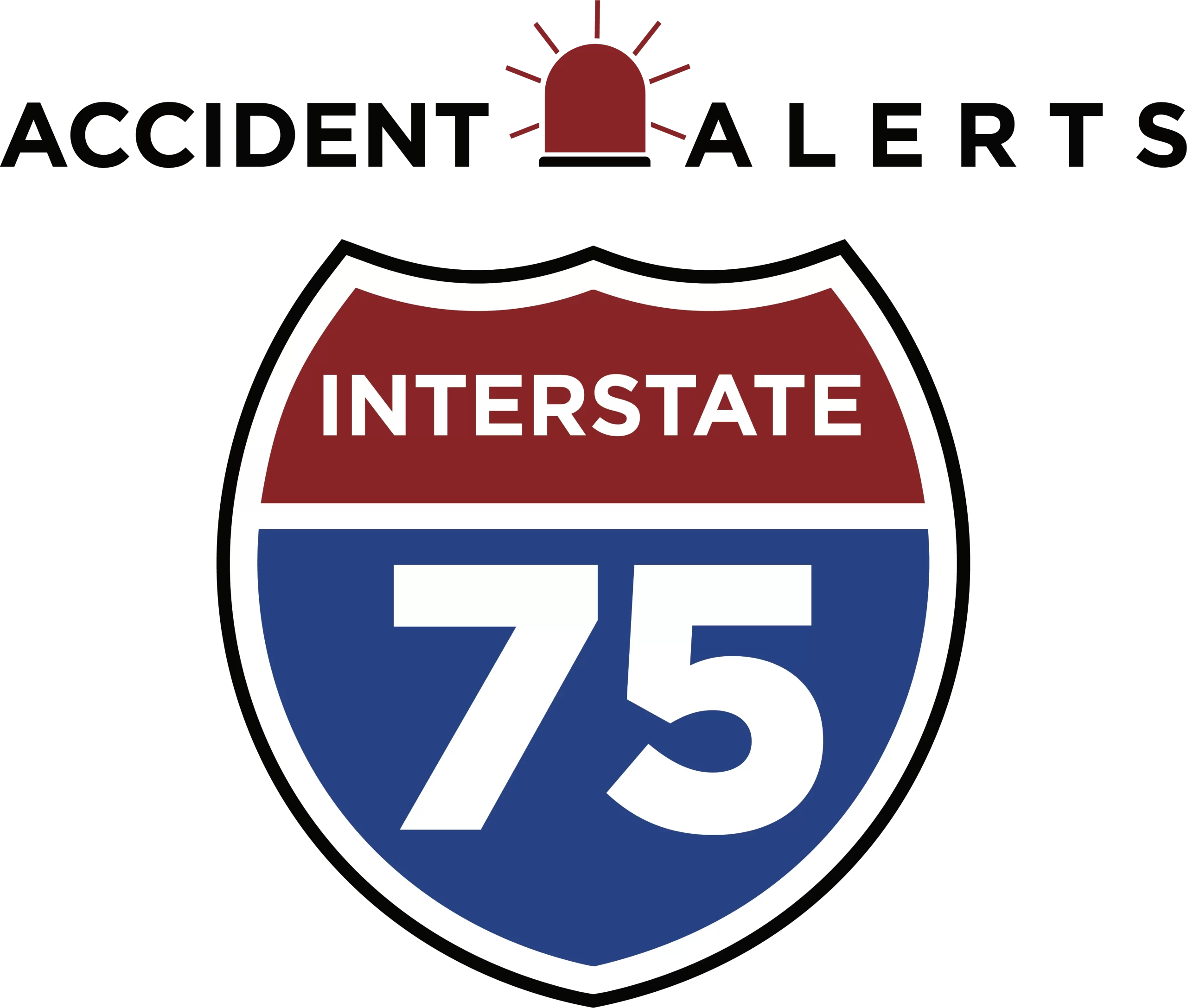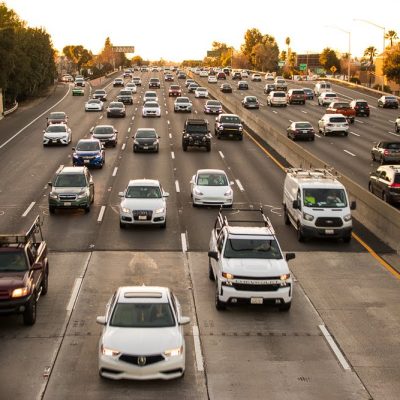
Common Causes of Pileups on I-75


Interstate 75 (I-75) runs more than 1,780 miles, connecting the Great Lakes to the Gulf Coast. As one of the nation’s busiest north–south corridors, it supports enormous commercial and commuter traffic through multiple states. Unfortunately, I-75 is also notorious for chain-reaction collisions and multi-vehicle pileups, events that have claimed dozens of lives and caused massive property losses in recent years.
In the upcoming lines, we will review the most common causes of pileup accidents on I-75, the effect speed has on these types of crashes, and some preventive and safety strategies drivers should follow to avoid chain-reaction wrecks on this highway.
Why I-75 Is Prone to Chain-Reaction Crashes
I-75’s geography and traffic mix make it uniquely vulnerable to pileups, passing through diverse climates and terrains.
On rural segments of I-75, long stretches of uninterrupted highway often lead to higher average speeds. When a sudden hazard appears, drivers may have little time to react.
Weather-Related Hazards: Fog, Rain, and Ice
One of the most common causes of fog accidents on I-75 is sudden, localized visibility loss. In southern regions, “superfog” forms when smoke from controlled burns mixes with fog and humidity. These conditions have triggered some of the deadliest pileups in U.S. history.
In January 2012, dense fog and smoke near Paynes Prairie caused a series of crashes involving 12 passenger vehicles and 6 tractor-trailers, killing 11 people. The Florida Department of Transportation later installed new detection and warning systems to alert drivers when visibility drops below safe levels.
Further north, winter ice and snow create similar risks. Drivers often misjudge braking distances on slick surfaces, causing vehicles to slide into one another. The result is a domino effect, especially on bridges and elevated sections where ice forms first.
Speed and Driver Reaction Times
High speed is a defining factor in many chain reaction crashes on I-75. Even with ideal weather, following distances are often too short for highway speeds. At 70 mph, a car travels about 102 feet per second—meaning a delay of just two seconds equals more than 200 feet of blind travel.
When the first collision occurs, trailing drivers typically react a half-second too late to avoid impact. In multi-lane environments, evasive actions such as swerving can send vehicles into adjacent lanes, multiplying the chaos.
Speed differentials between cars and trucks further complicate matters. Heavy trucks require up to 40 percent more stopping distance than passenger cars, and when visibility drops or braking surfaces are compromised, that gap becomes deadly.
The Role of Truck Traffic
I-75 carries one of the highest volumes of commercial truck traffic in the country, especially through Georgia and Tennessee. While trucking is essential to interstate commerce, the combination of heavy vehicles, tight delivery schedules, and long driving hours heightens the risk of pileups.
Large tractor-trailers not only take longer to stop but also obstruct sight lines for smaller vehicles. When a semi is involved in the first collision, its mass and height can crush passenger cars or push them into adjacent lanes.
In fog or low-light conditions, trailers without adequate reflective markings or functioning taillights become nearly invisible until it’s too late. This is one reason why many states along I-75 now emphasize improved lighting and reflective standards for commercial fleets.
Human Factors and Chain Reactions
Beyond environmental and mechanical factors, human behavior plays a decisive role in pileup causes on I-75. One of the most common issues is tailgating and aggressive driving. When vehicles follow too closely at high speeds, there’s little time or space to react if traffic suddenly slows or stops.
Distraction is another major factor. Quick glances at phones, navigation screens, or in-cab electronics can delay braking response long enough to cause a crash.
Fatigue also contributes significantly. Long-haul truckers and overnight travelers often drive for extended hours without adequate rest.
Finally, panic braking during low-visibility conditions often leads to a ripple effect. When one driver brakes suddenly, those behind react unevenly, resulting in a wave of rear-end crashes.
Once a chain reaction begins, the situation can escalate in seconds. Drivers trying to avoid the wreck may swerve or brake abruptly, causing secondary collisions. Visibility drops further as smoke, debris, or dust clouds fill the air, making it even harder for approaching motorists to see and stop in time.
Prevention Strategies for I-75 Drivers
Preventing pileups on I-75 requires both personal caution and system-wide safety improvements. Drivers can take these steps to reduce risk:
- Slow down in poor visibility – If fog, rain, or smoke limits your view, reduce speed immediately and increase following distance.
- Use low-beam headlights – High beams can reflect off fog and worsen glare, while low beams enhance contrast.
- Avoid sudden lane changes – Smooth steering and gradual braking prevent chain reactions.
- Watch for electronic warning signs – Many I-75 sections now have dynamic message boards that alert drivers to slow down or detour during hazardous conditions.
- Check the weather before departure – Particularly in winter or early morning hours, stay informed of fog advisories, ice warnings, and roadway closures.
- Maintain your vehicle – Replace worn tires, check brakes, and ensure wipers and defrosters are functioning properly.
Truck operators should also observe stricter rest schedules, reduce convoy clustering in fog, and activate hazard flashers when stopping unexpectedly.
Engineering and Policy Responses
States along I-75 have invested heavily in technology to prevent mass collisions. Florida’s “Intelligent Transportation Systems” (ITS) network now includes sensors that detect fog and automatically adjust warning signs or variable speed limits.
In northern regions, highway agencies use salt-brine pretreatments, barrier upgrades, and overhead weather messaging to prevent skidding and alert motorists to black-ice risks.
Federal programs such as the FHWA’s Road Weather Management Program support these state initiatives, emphasizing predictive analytics and real-time driver alerts for weather-related crashes.
Lastly, since multi-vehicle collisions involve multiple at-fault parties, liability on I-75 can be complex. Crash reconstruction teams analyze skid marks, vehicle data recorders, and video evidence to determine the sequence of impacts. Factors like weather warnings, visibility conditions, and truck-maintenance records often influence which parties are held responsible.
After a Crash on I-75, Reach Out to an Accident Lawyer
If you’ve been involved in a chain-reaction crash on I-75, an attorney familiar with multi-vehicle litigation can help navigate insurance claims, determine comparative fault, and secure compensation for medical and property damages. We can put you in touch with an I-75 car accident attorney who understands how to handle large-scale interstate pileup cases involving trucks, fog, and adverse weather conditions.

